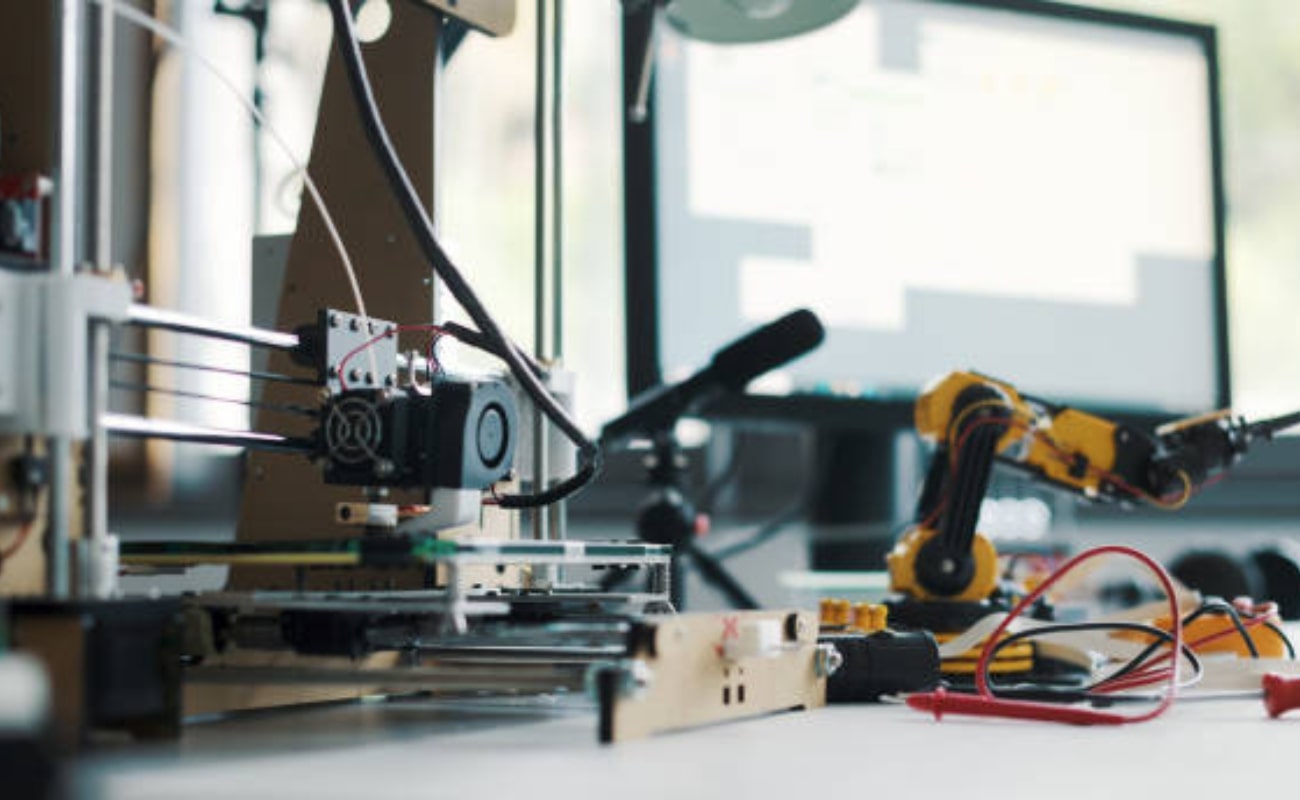Ergonomics, the study of designing equipment and devices to fit the human body, movements, and cognitive abilities, plays a crucial role in mechanical engineering design. By incorporating ergonomic principles, mechanical engineers can create products that are safe, efficient, and user-friendly, ultimately improving productivity and reducing the risk of injuries or accidents. This article explores the key principles of ergonomics that should be considered in designing mechanical engineering systems and components.
Human Factors in Mechanical Engineering Design
When designing mechanical engineering systems, it’s essential to consider the human factors involved in their operation and maintenance. Ergonomics focuses on understanding the physical and cognitive capabilities and limitations of the users, ensuring that the designed products align with their needs and abilities.
1. Anthropometric Data
Anthropometric data refers to the physical measurements and characteristics of the human body, such as height, reach, strength, and mobility. By taking into account anthropometric data, mechanical engineers can design equipment, controls, and workstations that accommodate a wide range of users, reducing the risk of musculoskeletal disorders and ensuring comfortable and efficient operation.
2. Biomechanics
Biomechanics is the study of human body movements, postures, and the forces acting on the body during various tasks. Understanding biomechanics allows mechanical engineers to design equipment and workstations that minimize awkward postures, excessive force requirements, and repetitive motions, thereby reducing the risk of injuries and fatigue.
Ergonomic Design Principles
1. User-Centered Design
User-centered design is a fundamental principle of ergonomics that involves actively engaging end-users throughout the design process. By gathering feedback and insights from the target users, mechanical engineers can create designs that better meet their needs, preferences, and capabilities.
2. Intuitive Controls and Displays
Intuitive controls and displays are essential for ensuring safe and efficient operation of mechanical systems. Ergonomic design principles dictate that controls should be logically arranged, clearly labeled, and easy to access, while displays should provide clear and concise information to the user.
3. Proper Workspace Design
The design of workspaces and workstations is crucial for promoting good posture, minimizing strain, and reducing the risk of musculoskeletal disorders. Mechanical engineers should consider factors such as adjustability, reach distances, viewing angles, and adequate clearance for comfortable and efficient work.
4. Environmental Factors
Environmental factors, such as noise, vibration, lighting, and temperature, can significantly impact user performance and comfort. Ergonomic design principles emphasize the importance of considering and mitigating these factors to create a safe and productive work environment.
Mechanical engineering design is a multidimensional process that involves creating functional and efficient systems, structures, and devices. However, amidst the focus on performance and functionality, one crucial aspect often overlooked is ergonomics. Ergonomics, the science of designing environments and products to fit the people who use them, plays a significant role in ensuring the safety, comfort, and efficiency of mechanical engineering designs.
Incorporating ergonomics principles into the designing process of mechanical engineering projects is essential for several reasons. Firstly, it enhances user satisfaction by creating products that are comfortable and easy to use. Secondly, it reduces the risk of injuries and musculoskeletal disorders among users, thereby improving overall safety. Lastly, it boosts productivity and efficiency by optimizing human-machine interactions. Therefore, in this article, we will delve into the key principles of ergonomics and explore how they can be effectively integrated into the process of designing mechanical engineering projects
Applications in Mechanical Engineering Design
1. Designing Mechanical Engineering Systems
In the realm of designing mechanical engineering systems, ergonomic principles are applied to ensure that the interactions between humans and machines are optimized for safety, efficiency, and user comfort. This includes the design of control panels, operator workstations, and maintenance access points.
2. Contract Mechanical Engineering Services
For companies seeking specialized expertise in ergonomic design, contract mechanical engineering services can provide valuable support. These services often involve conducting ergonomic assessments, analyzing user requirements, and incorporating ergonomic principles into the design and development of mechanical systems and components.
Conclusion
Incorporating ergonomic principles into mechanical engineering design is essential for creating safe, efficient, and user-friendly products and systems. By considering human factors, implementing user-centered design, and addressing environmental factors, mechanical engineers can develop solutions that improve productivity, reduce the risk of injuries, and enhance overall user satisfaction. Whether designing mechanical engineering systems or leveraging contract mechanical engineering services, ergonomics should be a fundamental consideration throughout the design process.











